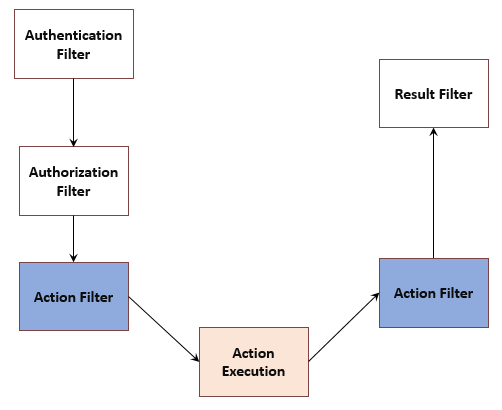Performance Considerations
http://msdn.microsoft.com/en-us/data/hh949853.aspx
Notracking option
If you don't want the context to track some entities you can use this option. But make sure to use it in correct situations. Otherwise you'll end up having bad performance.
Often, Entity Framework generates nested sql queries. This is the easiest way to build query logically from the expression tree.
Entity Framework 7
http://blogs.msdn.com/b/adonet/archive/2014/10/21/ef7-what-does-code-first-only-really-mean.aspx
Select top (2) in Entity Framework
http://geekswithblogs.net/JuansAndZeros/archive/2013/04/18/why-entity-framework-profiler-is-showing-select-top-2-queries.aspx
http://stackoverflow.com/questions/11839123/why-singleordefault-result-top2-in-sql
http://stackoverflow.com/questions/7822877/why-does-the-entity-frameworks-dbcontext-find-generate-a-query-with-select-to
http://msdn.microsoft.com/en-us/data/hh949853.aspx
Notracking option
If you don't want the context to track some entities you can use this option. But make sure to use it in correct situations. Otherwise you'll end up having bad performance.
Often, Entity Framework generates nested sql queries. This is the easiest way to build query logically from the expression tree.
Entity Framework 7
http://blogs.msdn.com/b/adonet/archive/2014/10/21/ef7-what-does-code-first-only-really-mean.aspx
Select top (2) in Entity Framework
http://geekswithblogs.net/JuansAndZeros/archive/2013/04/18/why-entity-framework-profiler-is-showing-select-top-2-queries.aspx
http://stackoverflow.com/questions/11839123/why-singleordefault-result-top2-in-sql
http://stackoverflow.com/questions/7822877/why-does-the-entity-frameworks-dbcontext-find-generate-a-query-with-select-to








